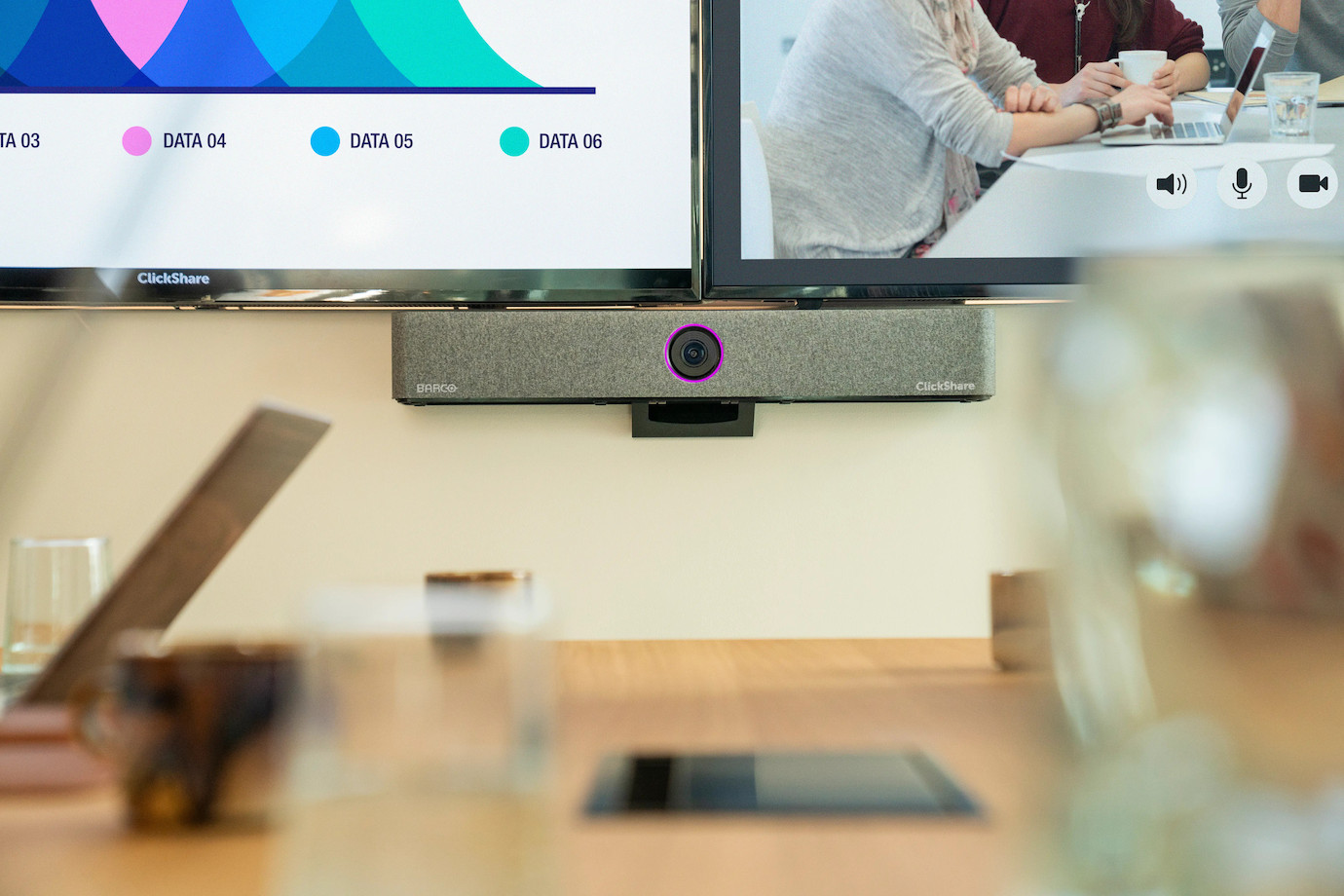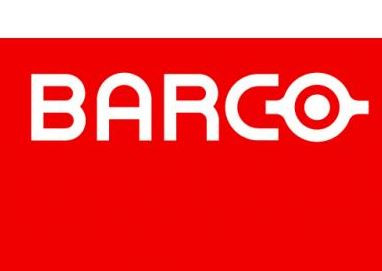



























£2,525.94*


Frequently purchased together
Product information
All-in-one video bars - for uncomplicated hybrid meetings
Start your meeting simply by opening your laptop. In less than 7 seconds, you are seamlessly connected with your colleagues in the office and external participants. Experience the crystal-clear image and sound quality that enables fluid and natural communication between remote and local participants. All participants feel seen and heard.
The ClickShare video bars enable easy wireless collaboration in small to medium-sized conference rooms. You can dial in directly from any video conferencing platform using the ClickShare button or the application on your laptop.
ClickShare Bar Core is a carbon-neutral, all-in-one video bar that makes wireless conferencing easy and engaging in small and medium-sized meeting rooms - on any video conferencing platform. Thanks to its high-quality AV functions, this solution ensures that all participants in a meeting feel heard and seen. It is also easy to install and reduces operating costs.

Experience the following highlights:
- All-in-one, carbon-neutral conference solution: environmentally friendly, integrated solution for video conferencing in small and medium-sized rooms.
- High-quality audio and video equipment: 4K camera with 120° viewing angle, advanced stereo speakers and noise cancellation for clear audio and video transmissions.
- Broad compatibility and easy operation: Supports various operating systems, easy control via the ClickShare app and ClickShare button.
- Expanded connectivity and integration: Multiple connectivity options, including USB-C and Ethernet, as well as support for various wireless transfer protocols.
- Ruggedness and security: Durable design with security features such as Kensington lock and WPA2-PSK authentication.
Innovative audio and video features
The ClickShare Bar Core is equipped with a 4K camera that offers an impressive 120° viewing angle. It enables a comprehensive and sharp view of the room and its participants. The camera supports group framing and composition views, ideal for meetings with up to four people. With state-of-the-art stereo speakers and acoustic echo and background noise cancellation, it guarantees clear and natural communication, regardless of the location of the participants.

System requirements and compatibility
The Barco ClickShare Bar Core is compatible with Windows 10 and above, macOS 11 (Ventura) and above, Android v13 and iOS 16 via the ClickShare app. For a smooth experience with platforms such as Microsoft Teams or Zoom, an Intel i3 dual-core processor and 8GB RAM are the minimum requirements, while Intel i5 quad-core processor and Windows 11 or the latest macOS versions are recommended.

Technical specifications
This video bar offers 4K UHD video output at 30Hz via HDMI 1.4b or USB-C DP ALT mode. It has a powerful 4K camera with 3x zoom/ePTZ. Audio is output via two 10W full-duplex and stereo speakers, while six beamforming MEMS microphones with echo and background noise cancellation provide excellent audio pickup up to 4.5 metres.

User-friendliness and networking
With the ClickShare button and the ClickShare app, the system offers intuitive operation. It supports native protocols such as Airplay and Google Cast and will support Miracast from mid-2024. Wireless transmission is via IEEE 802.11 a/g/n/ac and IEEE 802.15.1, with a range of up to 30 metres. In addition, it offers multiple connections, including USB-C 3.1 and Ethernet LAN 1Gbit.

Durability and security
The Barco ClickShare Bar Core is designed for durability and reliability. It operates in a temperature range of 0°C to +40°C and has a storage humidity of 0 to 90%. A Kensington lock provides additional security. The device is FCC/CE certified and comes with a one-year standard warranty that can be extended to five years.

Conclusion
The Barco ClickShare Bar Core Video Bar is a forward-looking solution for wireless conferencing. With its high-quality audio and video features, ease of use and robust construction, it is ideal for modern working environments that prioritise efficiency, quality and sustainability.
Technical data
| Name | Barco ClickShare Bar Core Conference Camera, 3840 x 2160 4K UHD, 30 fps |
|---|---|
| Article number | 1000030313 |
| GTIN/EAN | 5415334048232 |
| Manufacturer SKU | R9861632EUB1 |
| Model name | ClickShare Bar Core |
| Brand | Barco |
| Product Type | Conference Camera |
| Application | Huddle Rooms , Medium Rooms , Small rooms |
| Resolution | 3840 x 2160 4K UHD |
| Frames per Second | 30 fps |
| Focus type | Manual & automatic focus |
| Digital Zoom | 3 |
| Lens Zoom | 3 |
| Inputs | 1x Ethernet , 1x USB-A , 2x USB-C |
| wireless technology | AirPlay , Miracast , WiFi |
| Weight | 2 kg |
| Colour | Black |
| Condition | New |
| Warranty | 60 Month |
| Warranty type | Bringin service Service and support information |
Downloads
Product safety
| Person responsible for the EU |
|---|
| Barco |
| Beneluxpark 21 |
| 8500 Kortrijk |
| Belgium |
| sales@barco.com |








